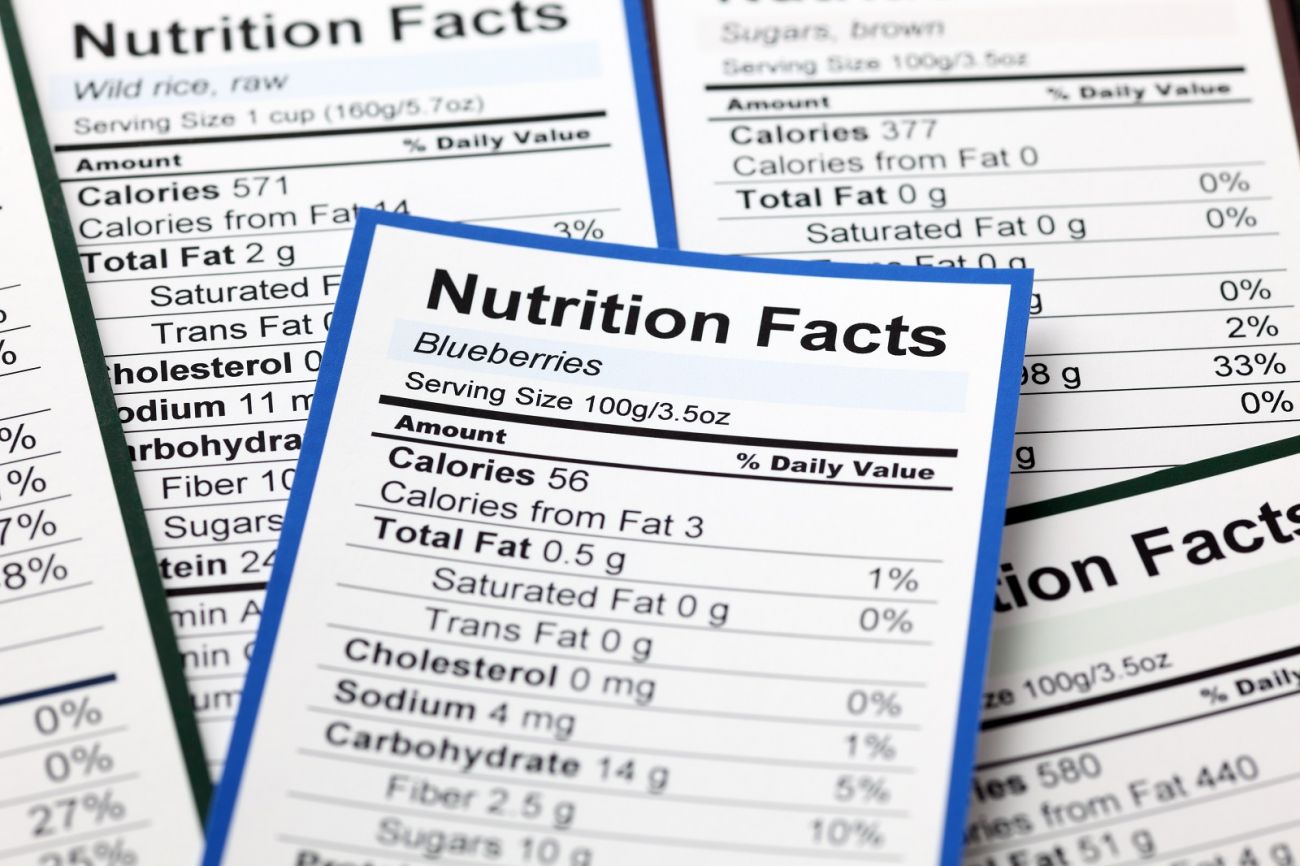What should you know about food labels?
You can see the types and amounts of nutrients in the portion you will be eating.
Start with the "% Daily Value" column on the food label. A food is considered low in a specific nutrient (such as fat, saturated fat, carbohydrate, or sodium) if it has 5% or less of the daily value. A food is considered high in that nutrient if it has 20% or more of the daily value.
Watch out for health claims on food labels. Just because a food has a health claim doesn't mean the food is good for you. For example, some kinds of candy have no fat, but they have a lot of sugar.
Here are some things to look for:
Ingredients listed in order of prevalence.
Serving size
Ask yourself: Is that the amount you eat in a serving? All of the nutrition information on a food label is based on that serving size, so you'll need to adjust the other numbers if you eat more or less.
Total carbohydrate
The amount of sugars and fiber are included in the “Total Carbohydrate”. If you are counting carbohydrate servings to help control your blood sugar, you need to do some simple math.
Total Grams Carbohydrate divided by 15 = # Carb Choices
Most adults should aim to eat 3 to 5 carbohydrate choices per meal to help control their blood sugar.
Saturated fat and trans fat
The lower the number of grams you eat, the better. Aim for less than 7% of your total calories to be from saturated fats. For example, that's about 15 grams of saturated fat a day for a person who eats 2,000 calories. A food is considered to be low in saturated fat if it has 1 gram or less of saturated fat and 0.5 grams or less of trans fat in each serving.
Protein
This comes from foods such as meat, poultry, seafood, eggs, beans, peas, soy products, nuts, and seeds. Adding a little protein that is low in saturated fat to each meal and snack can help you feel full longer.
Sodium
Many packaged and canned foods have a lot of sodium (salt). By limiting sodium, you may be able to control blood pressure. When you count the milligrams of sodium, aim for 1,500 mg of sodium a day or less.
Potassium
Some food labels list potassium, which is a nutrient that can help maintain a normal blood pressure. Healthy kidneys keep the right amount of potassium in the blood to keep the heart beating at a steady pace. If you have kidney disease, potassium levels can rise and affect your heartbeat. You may be advised to eat less potassium if you have kidney disease.
